Sustainable food & living
Due to the range of trees planted, communities can:
- Grow their own staple crops, vegetables fruit
- Create low hanging leaves and foraging spaces for animals
- Use surplus wood for fuel and construction.




We are committed to delivering a positive impact on the world through
our initiative. This is why in partnership with GiftTrees
we are planting trees throughout the developing world.
GiftTrees was formed to provide the poorest communities in the developing world with the opportunity to remove their dependence on unsustainable aid.
Through the provision of education, infrastructure and practical resources we plant high volume high yielding fruit trees which creates a sustainable environment for future generations.



Over 1.7 million trees planted

Across 17 countries

With over 3,000 companies and institutions

Offsetting over 1mt of carbon build up

Helping thousands of families


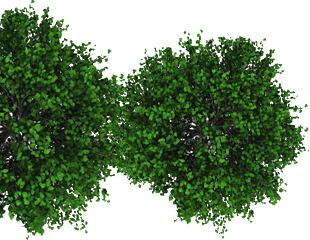
You can help support some of the world’s most vulnerable people create a positive and permanent change, while helping offset your companies carbon footprint.
Planting trees in developing countries through a process called:

Agrofarming is a sustainable agricultural process that allows communities to create long lasting eco-systems that allow them to develop the basic opportunities we often take for granted.
Specially trained technicians work in developing countries, helping communities and farmers understand forest garden design, composting, nursery development, perma-gardening and out planting techniques.
These rural communities are then supplied with the trees needed to create sustainable eco-systems. They are then provided with ongoing support to ensure they continue to develop their skills and create permanent change.
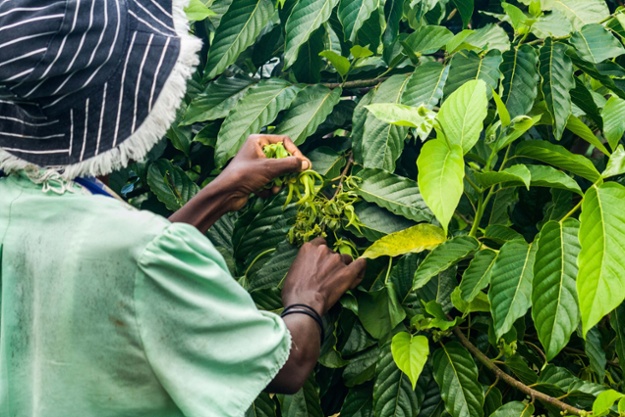

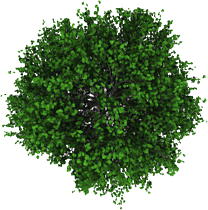
Many developing countries have seen land used for industrial farming, or the growth of plants such as rapeseed, tobacco and corn - to name just three.
Please read our Tree Planting Partner’s impact reportThis clearing of trees can have a hugely negative impact on the biodiversity of a region. It can create soil erosion, water pollution and an increase in atmospheric carbon dioxide.
Agroforestry helps reverse the problems caused by these activities and provides for those who are most vulnerable, living in rural areas throughout developing countries.
Often these communities are some of the poorest in the world. These people are missing the basic rights we all take for granted. Food for their children, income opportunities & health care.
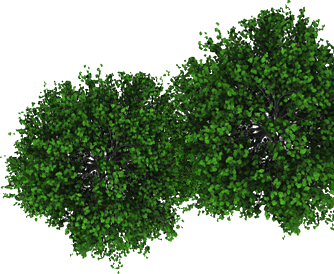


.jpg)
Due to the range of trees planted, communities can:
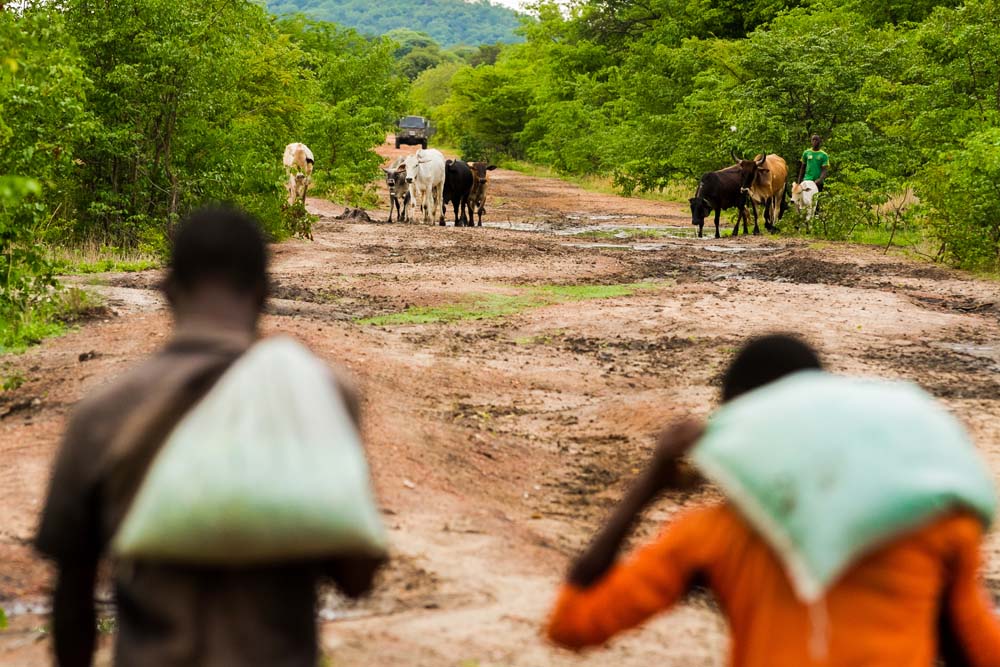
By creating commerce we can also create an infrastructure of work and employment.
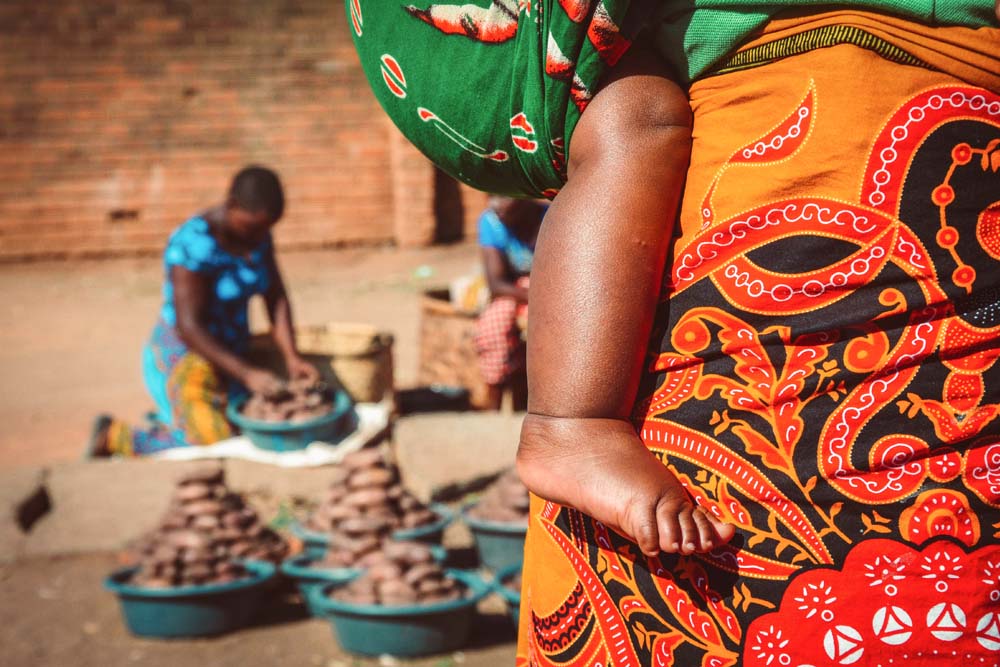
Surplus food can be sold to provide income for people to sell or trade of essentials such as clothing and health care.
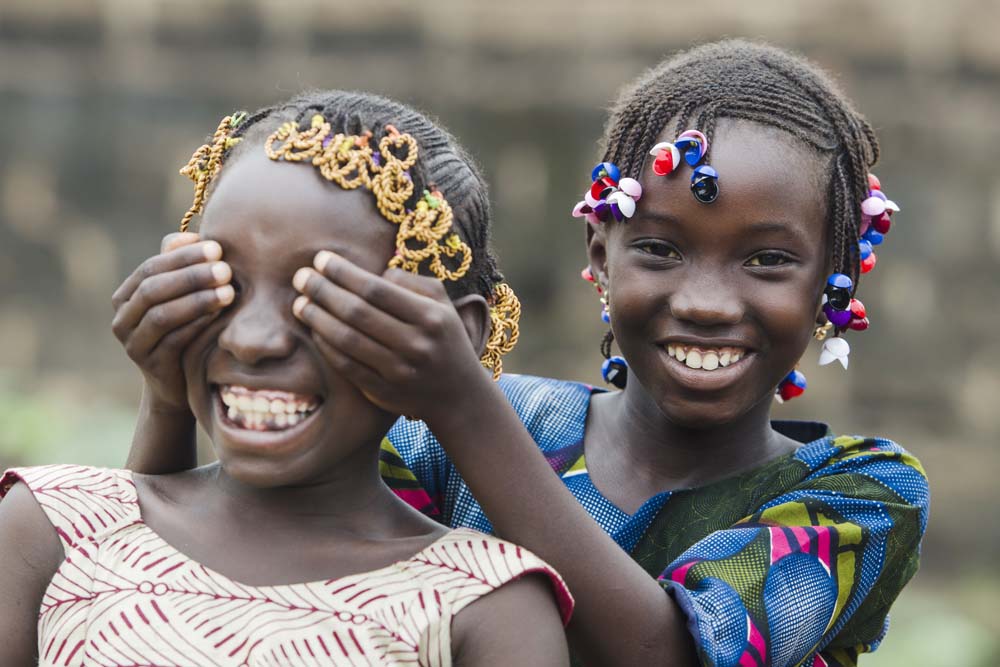
While these trees help families avoid having to go hungry, the organic variety of diet allows for a better baseline of health, leading to less instances of illness as a result of poor diet and malnutrition.
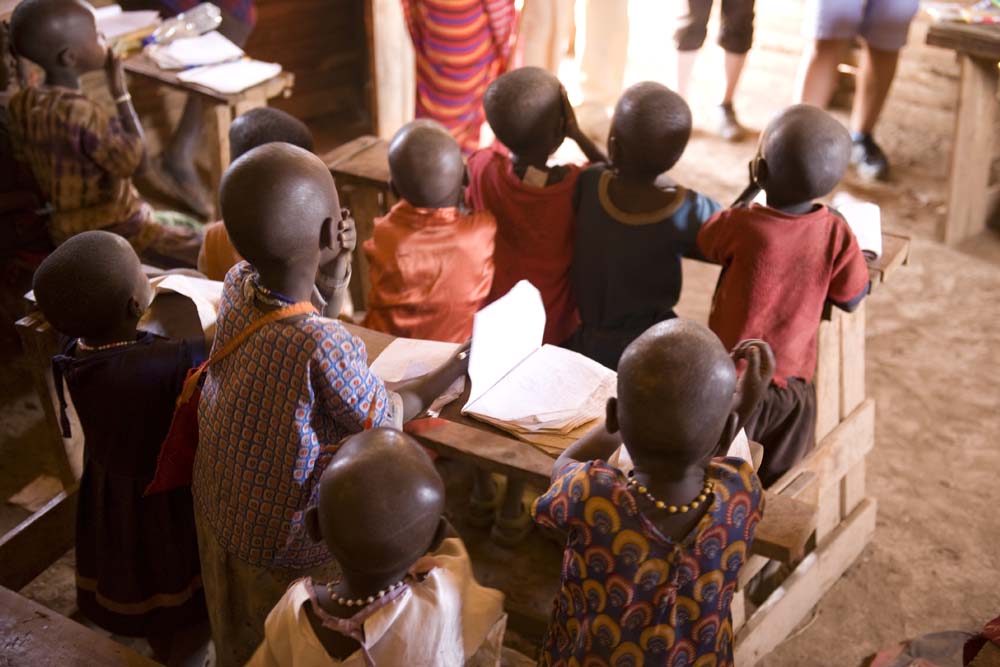
Rural communities in developing countries do not always have the same access to education many take for granted. Planting trees allows for these people to create opportunities for children to be educated, which creates higher skilled individuals and therefore more long term positive change.

Soil fertility can be improved through the constant process of pruning, mulching and manure, creating more fertile land.
Agrofarming can help provide resilience to rainfall variability, including drought and flooding. It does this by transforming dryland into a sponge that can absorb and channel rainwater into the ground during heavy rain events and release green water during months of drought.
Trees are a natural way to reduce atmospheric carbon dioxide. Tree planting is key to reversing the impact of industrial farming and each individuals carbon footprint.



*Meetings must be held within first 14 days of account sign up to qualify as free trees

Carbon neutrality and environmental sustainability are key challenges society faces. Your company will be helping to tackle this, while providing communities in developing countries with the opportunity to create permanent positive change.
